June 1, 2025 | 02:11 GMT +7
June 1, 2025 | 02:11 GMT +7
Hotline: 0913.378.918
June 1, 2025 | 02:11 GMT +7
Hotline: 0913.378.918
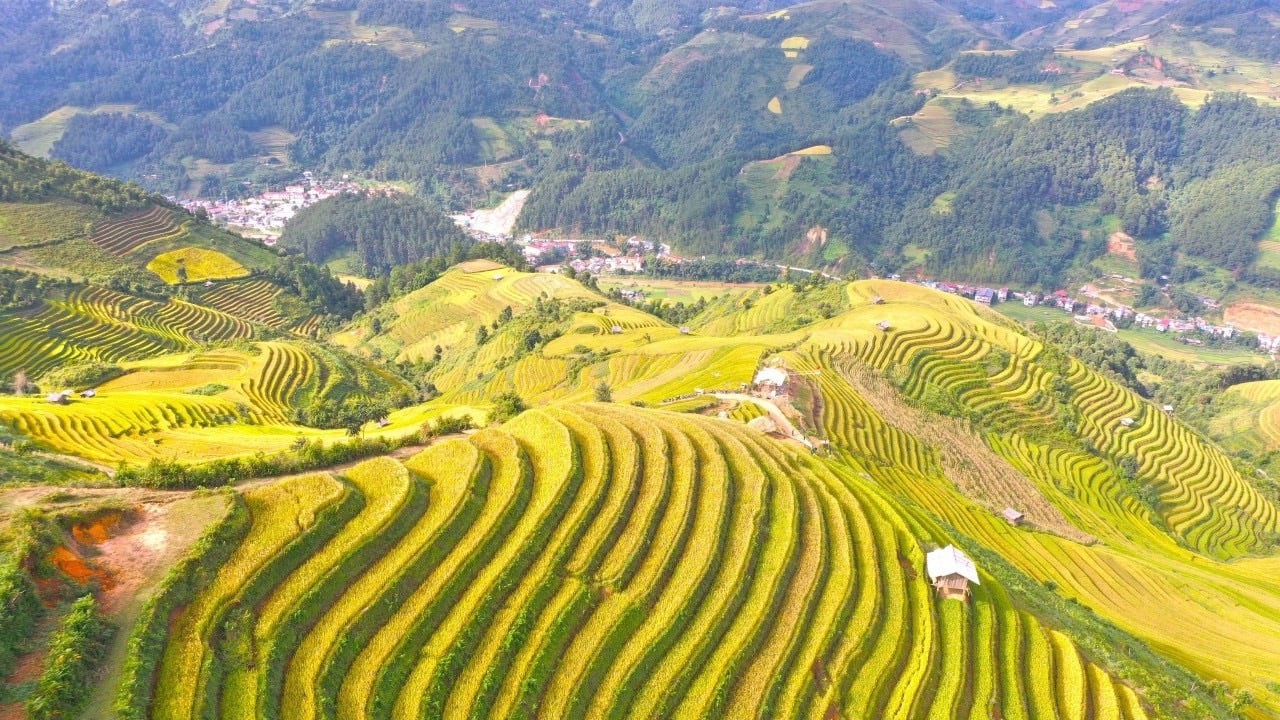
Mu Cang Chai golden terraced rice field is a national heritage. Photo: Thanh Tien.
This year’s Ethnic Cultural Festival of Yen Bai province begins in late September, when the silver moonlight sparkles on the Muong Lo fields, emerging the audience in the endless festival nights of the Thai people in Nghia Lo. Ripened rice is golden in the valleys, changing the color of the terraced fields located precariously on the mountain slopes of the Mong people in highland Tram Tau.
The whole Northwest heaven and earth encounter in Shan Tuyet tea festival in Van Chan, Muong Lo cultural and tourism festival. The joy and excitement echo throughout mountains and forests. Yet, there is one place where the festival seems unreachable - Mu Cang Chai. It is said that initially, Yen Bai province planned to organize a Mong Khen performance festival combined with a certificate of recognition for the intangible cultural heritage of Hmong Khen performances by highland people of Mu Cang Chai, Tram Tau and Van Chan. But this changed at the last minute.
The flood was terrible. The Secretary of Mu Cang ChaiDistrict Party Committee, Mr. Nong Viet Yen, is still stunned after a month of fighting and overcoming the consequences of natural disasters with his people. The vicious flood in early August swept away many houses, cattle, pigs, and chickens of the highland people. But the most painful was more than 40 hectares of terraced fields in Ho Bon, Lao Chai and Khao Mang were swept away by flood waters, and the land was destroyed, almost impossible to recover. Although the people have returned to normal activities and tourists have flocked to Mu Cang Chai to experience the specialties of the golden season, the whole province and district agreed to postpone all festivals until the year’s end.
Is it just because the province lost 40 hectares of terraced fields?
Mr. Yen suddenly became silent after hearing my question. His voice dropped completely. You don’t know, the Mong people here value terraced fields more than their lives. People value fields more than houses, cattle, and more than anything else of value. Because for the Mong people, fields are historical witnesses and the cultural tradition. That’s why some people have compared the Mu Cang Chai terraced fields to the patterns of the mountains, majestic and full of pain, including the pain of the hills and the pain of humans.
Secretary Mu Cang Chai told us over 300 years ago, the Mong people migrated from the northern border to this high mountain area and called it Mu Cang Chai, meaning “dry woodland.” There were only forests and wild forests. Thai people live near the water, and Mong people live near the hills. Generation after generation, people labored to sculpt terraced fields on the slopes of the Hoang Lien Son range as if they were painting landscapes. Therefore, it is said that farming is both livelihood and cultural identity.
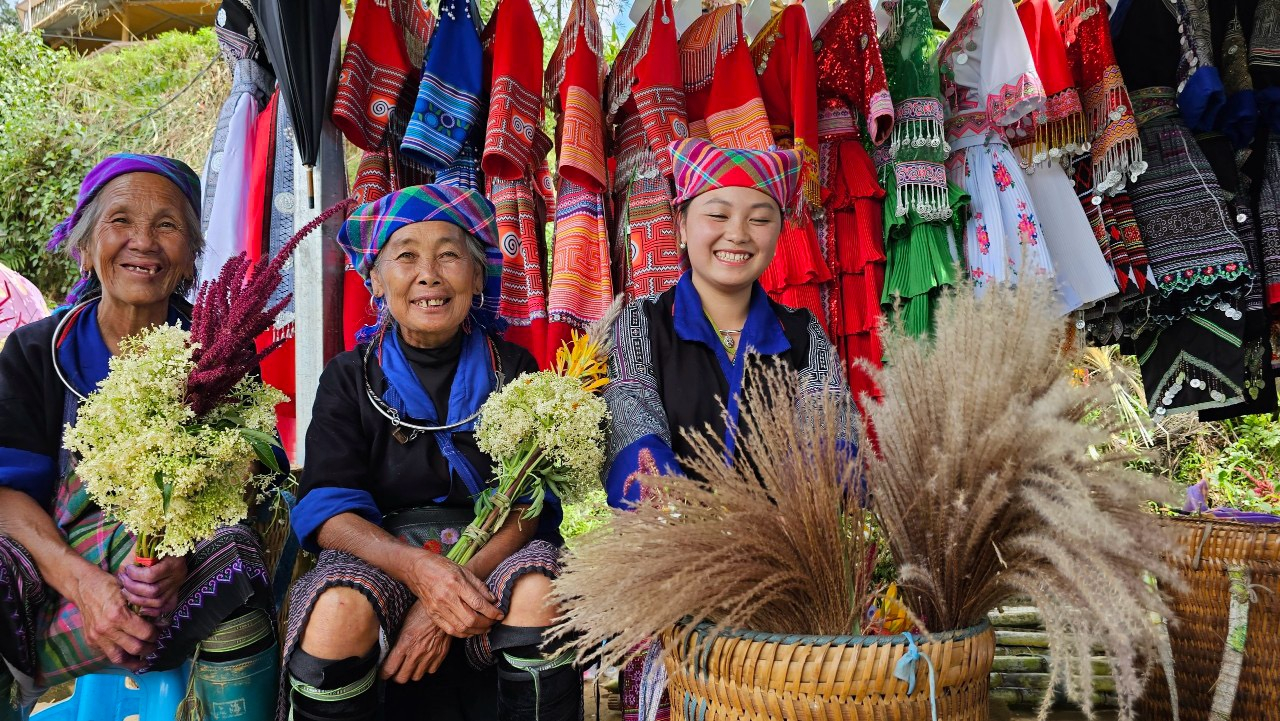
Mong women in Mu Cang Chai. Photo: Thanh Tien.
The Mong people go through the forest to find water sources to convert the mountains and forests into rice fields at an altitude of over 1,000 meters above sea level. All with knives, hoes, shovels and pull-out tables made of pine wood in the forest, which the people call rice ladders. People leveled mountains and forests into flat steps, layered on each other, precariously placed on mountain slopes and hillsides. The stairs have starting and ending points that do not differ by even an inch. A heritage that creation, nature and humans cultivate together.
When Mu Cang Chai is in the rainy season in April and May, the moonlight shines silver on the terraced fields glistening with water. In September and October, the colors of ripened rice dye the mountains and hills golden. That is when Mu Cang Chai is at its most beautiful. CNBC America once ranked Mu Cang Chai as the most beautiful terraced field in Vietnam, one of the most brilliant destinations in the world.
In December 2019, the Prime Minister signed a decision to recognize the Mu Cang Chai terraced rice landscape as a unique National Monument with a core area of more than 852 hectares in La Pan Tan, De Xu Phinh, Che communes.
More precisely, it should be 7,000 hectares. Mr. Hoang Van Han, Deputy Head of Mu Cang Chai Department of Agriculture and Rural Development, corrected. Mu Cang Chai currently has more than 1,200 square kilometers of natural land but only about 13,800 hectares of agricultural land, feeding more than 64,000 people. Data on the area of terraced fields in the whole district is currently more than 7,000 hectares, but in reality, only about 4,500 hectares can be produced; the rest is land plots.

Besides a national symbol, the terraced rice fields represent Mong people's cultural identity. Photo: Thanh Tien.
This year’s golden season, Mu Cang Chai seems to shine brighter after the floods. The natural beauty and landscape of Mu Cang Chai amaze every visitor, and at all costs, must take a few beautiful photos. But perhaps not many people see another beauty of Mu Cang Chai, the beauty of the Mong people’s tradition who have built the land as seen today.
I was once skeptical when I heard that in Lao Chai, the total length of systems that bring water from the forest to the fields equals the exact distance from Lao Chai to Hanoi. It’s unclear where they get the water from. It wasn’t until I met Ho A So, a Hmong man in Che Cu Nha, that he showed me the winding water path through four or five hills and the secret techniques passed down by the Hmong people to preserve the kingdom of heaven that I began to understand.
So boasts of being a heritage citizen since he lives near terraced fields - a national heritage. So is proud, but like many other heritage citizens, his family was still impoverished. And it seems no one knows about the Mong people in Mu Cang Chai.
So’s wooden house has been tinged with time, looking like a tiny dot from afar, blending in golden rice and green forests. Yet many times So had thoughts of leaving the field. Rather, he wants to switch to cultivating vegetables or corn - anything but rice.
Chairman of the People’s Committee of Che Cu Nha commune, a Hmong man living in Che Tao commune, could not hide his sadness.
Che Cu Nha has 671 households and 3,700 people, but only 195 hectares of terraced fields, over 61% of low-income families. The district’s resolution supports and mobilizes people to reclaim and expand more areas with 10 - 15 million VND/ha. However, Che Cu Nha can only add about 2 - 3 hectares with great effort every year because there is no water. If the locality wants more fields, besides finding hillsides with moderate slopes, the most important thing is to have water; otherwise it will be impossible.

Wooden house hidden in the field. Photo: Thanh Tien.
Many people think that Mu Cang Chai is vast and abundant, but whether you can do terraced farming is another matter. Many times, people want to change crops or increase crops. Especially in years of drought and lack of water, the rural landscape of Mu Cang Chai has long become the national heritage, the key to preserving identity and developing tourism.
This is an urgent matter. Campaigns and promotions cannot convince the people, so the District Party Committee has to issue a policy to support more people with rice and corn so people can continue to keep the legacy. However, in the long run, it does not seem hopeful. Everyone knows how poor Mu Cang Chai is, so where can we get the money to support our people forever? Losing one square meter of field means people have one less rice bowl and vice versa. Therefore, planning, organizing production, and advertising crops are serious matters.
Of course, Mu Cang Chai today is still among the poorest districts in the country. Still, perhaps in just a few years, it will be a very different Mu Cang Chai because Mu Cang Chai today seems more youthful, with many young people trying to awaken the identity of the terraced fields of their homeland.
Translated by Quynh Chi
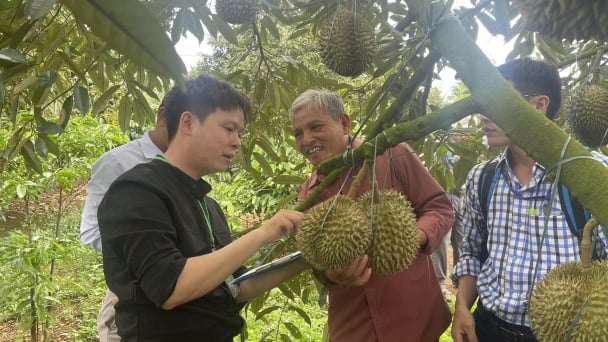
(VAN) For the durian industry to succeed, the value chain must fulfill its commitments to the government, the community, and international partners.
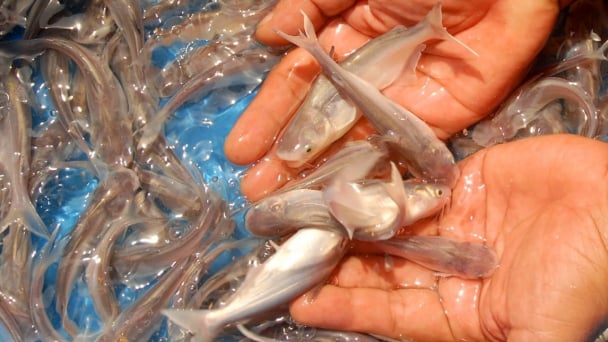
(VAN) Vaccinating juvenile pangasius helps reduce disease, antibiotic use, and farming costs, increasing profits for export-oriented farmers in An Giang.

(VAN) Due to a limited supply of workforce and competitive recruitment requirements, businesses struggle to retain talented veterinary human resources.
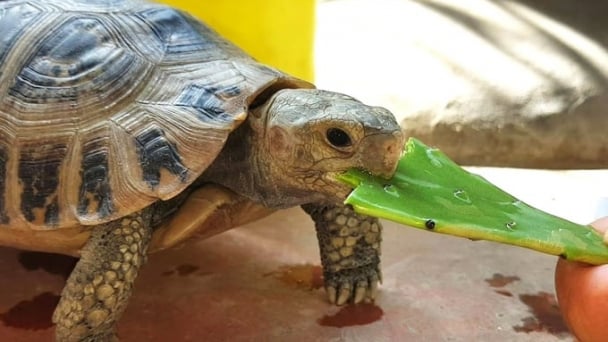
(VAN) WOAH’s guidance aims to mitigate disease risks through a One Health approach that balances economic, conservation, and public health interests.

(VAN) Ms. Nguyen Thi Dung, Deputy Director of Ngoc Hoang Cooperative, shared about the journey of bringing dragon fruit to Europe, achieving annual revenues in the billions of VND.
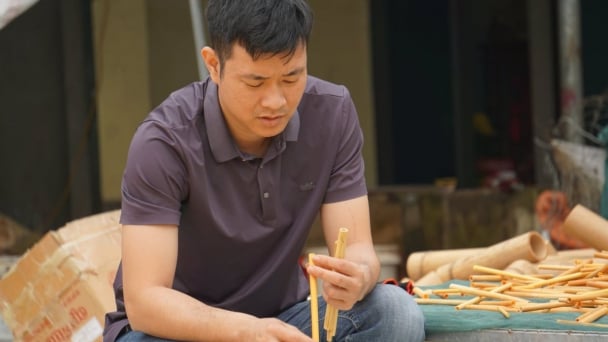
(VAN) Bamboo products from Thang Tho Bamboo Cooperative have reached many countries around the world, while also creating jobs for local workers.
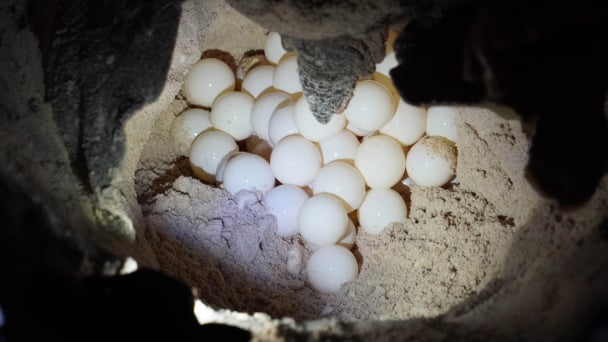
(VAN) The Management Board of Con Dao National Park reported that a green sea turtle, tagged in the Philippines, has traveled thousands of kilometers to lay 84 eggs on Bay Canh Islet.